New ANSI Standards for Aerial Lifts
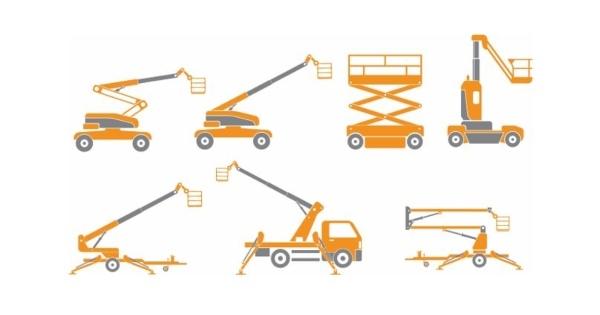
By North East Roofing Contractors Association.
ANSI standards released in December 2018 affect all owners, operators and supervisors of aerial lifts including: boom and scissor lifts.
The new standards are designed to enhance safety and shift North American equipment standards closer to international standards.
Some of the changes include renaming Aerial Work Platforms (AWPs) so they are now called Mobile Elevating Work Platforms (MEWPs). Rather than being classified by the equipment type, machines are now broken up by Groups, then sub-divided into Types.
Group A: MEWP moves vertically but within the tipping lines, such as a scissor lift.
Group B: MEWP can move beyond the tipping lines (outriggers or wheels), such as a boom lift.
- Type 1: The equipment can only be driven with the platform in its stowed position
- Type 2: The equipment can be driven elevated but is controlled from the chassis
- Type 3: The equipment can be driven elevated, controlled from the work platform.
In addition, the new standards place greater responsibility on the equipment user regardless of whether they are a large maintenance operation or a small business that rents a scissor lift, boom lift, etc.
ANSI Standard A92.22 requires all MEWP users to develop a risk assessment and site safety plan, which must be shared with everyone on the worksite.
ANSI Standard A92.94 now requires training for occupants and supervisors of aerial equipment.
An Occupant is anyone in the MEWP other than the Operator. Under the new standards, Occupants must receive training on fall protection systems and what to do if the Operator can no longer operate the lift. Lastly, there must be someone on the ground who can act as the Operator in the event of an emergency.
A Supervisor is someone who directly supervises an MEWP operator. All Supervisors are now required to have aerial lift safety training. This requirement enables supervisors to understand what MEWP is appropriate for the job, the standards that apply to MEWPs, the hazards associated with MEWPs, and how to prevent accidents in MEWPs.
Employers, owners and operators must comply with all of the above requirements by December 10, 2019
Belonging to your industry associations helps you stay informed about changes in the industry. Learn more about membership in NERCA.
Original article source: NERCA Aug 2019 Newsletter


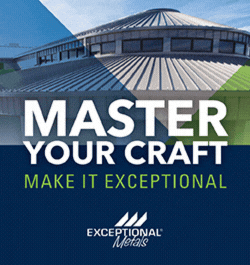
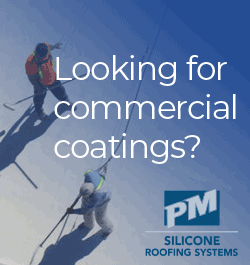

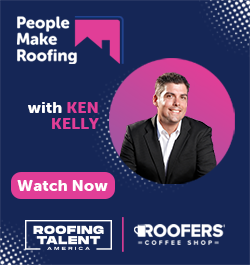

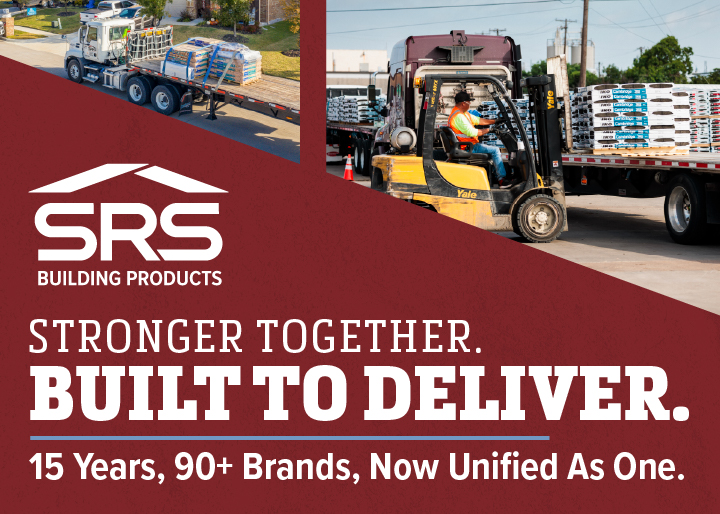
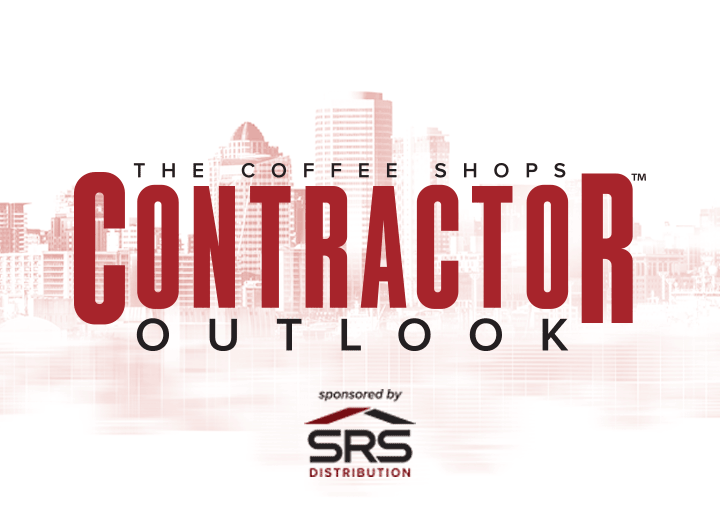

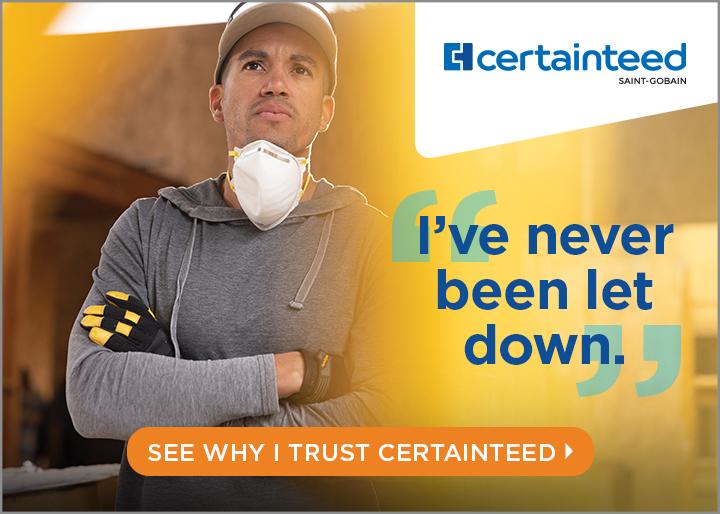
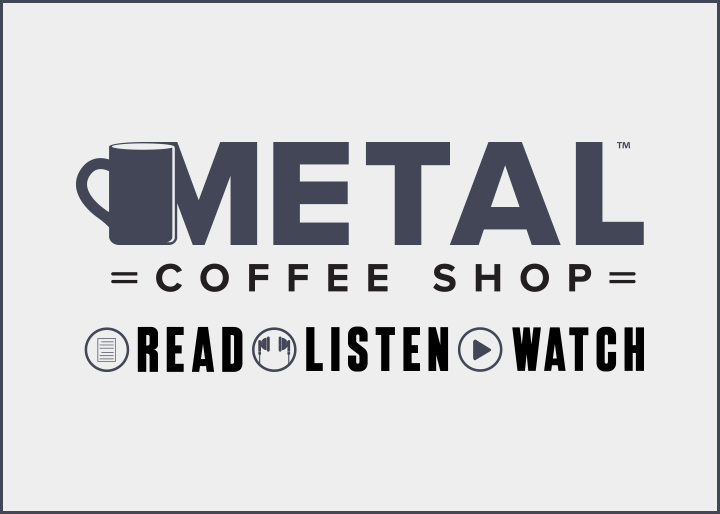

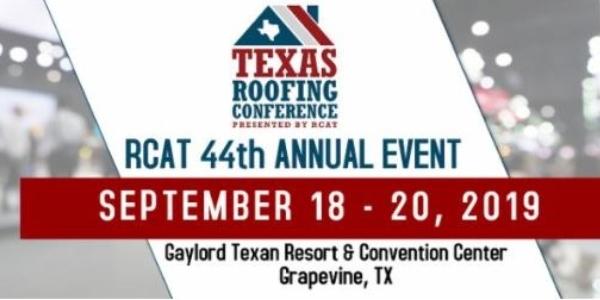
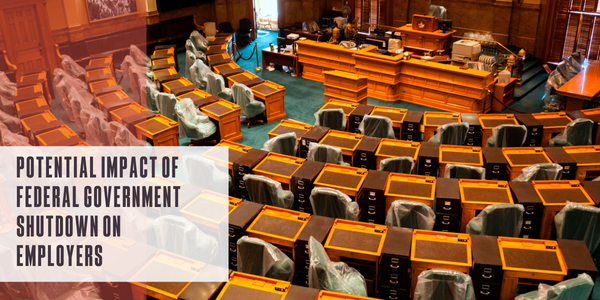
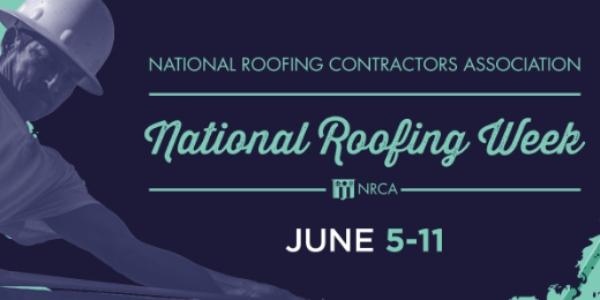

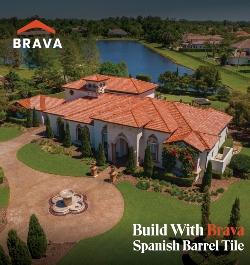
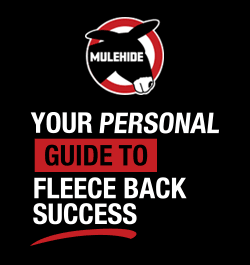

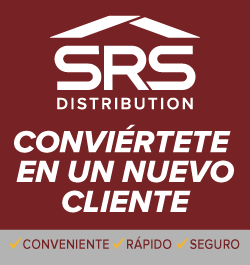
Comments
Leave a Reply
Have an account? Login to leave a comment!
Sign In